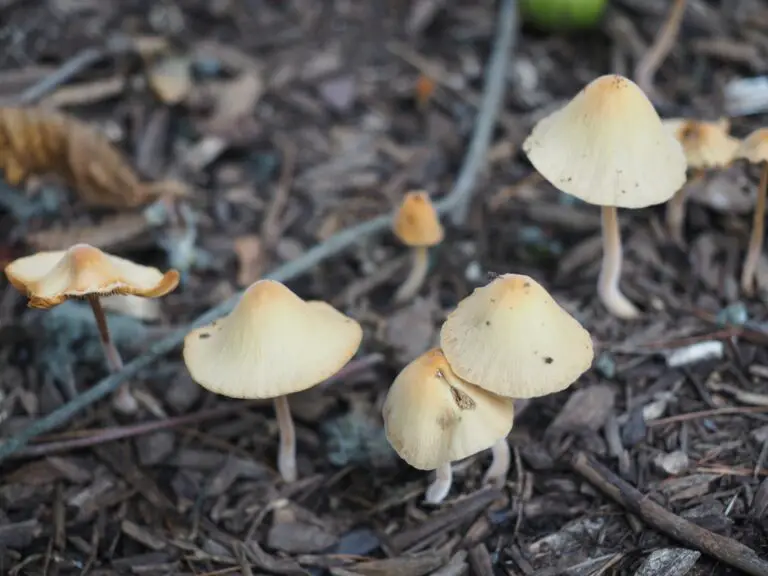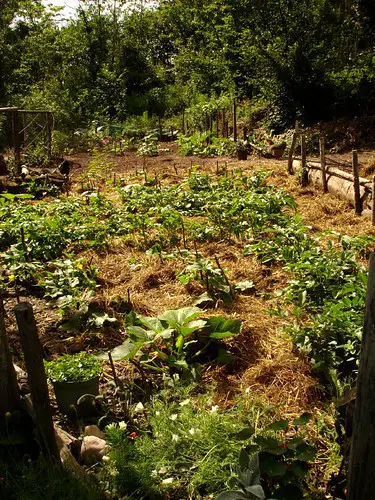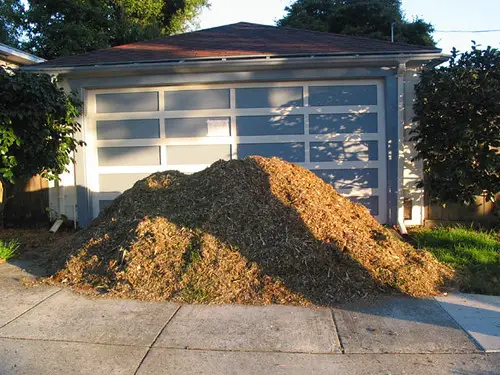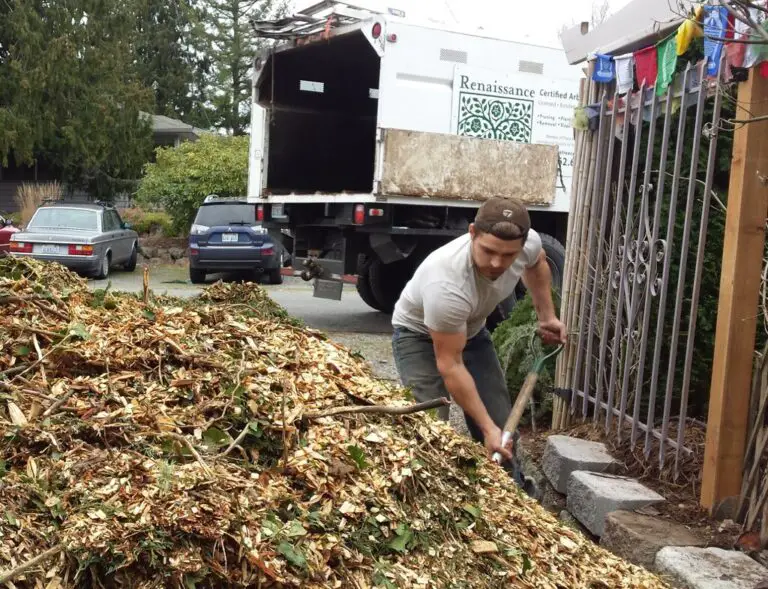Mulching for Seasonal Gardening: Spring, Summer, Fall, and Winter
For gardening enthusiasts, the transition between seasons brings a wave of tasks to the forefront. Mulching is a crucial but often overlooked component of seasonal garden care. It not only revitalizes the soil, but also aids in moisture retention, temperature regulation, and weed suppression. Implementing proper mulching practices can be the difference between a garden that merely survives and one that truly thrives. In this comprehensive guide, we’ll walk through mulching techniques ideal for each season—spring, summer, fall, and winter—and provide insights to help you cultivate a flourishing garden year-round.

Introduction to the Art of Mulching
Mulching, the practice of covering the soil around plants with a protective layer of organic or inorganic materials, has profound benefits for gardeners when correctly applied. It’s not just a matter of aesthetics, but a strategic way to support plant health and streamline your gardening efforts. Some of the key advantages of mulching include:
- Conserving Moisture: Mulch acts as a sponge, reducing water evaporation from the soil surface.
- Weed Prevention: By blocking sunlight, mulch inhibits weed germination and growth.
- Regulating Soil Temperature: Mulch offers insulation, keeping the soil cool in warmer months and warm during winter, vital for root health.
- Enhancing Soil Health: With time, organic mulches decompose, adding vital nutrients to the soil and improving its structure.
- Minimizing Erosion: Mulch protects the soil from the impact of heavy rains and winds, minimizing erosion.
Understanding the annually changing needs of plants and the soil they grow in is vital. With a nuanced approach to mulching, you can ensure that your garden is always primed to give you the best yields and most vibrant flora.
Mulching in Spring
In the awakening of spring, plants emerge from their winter dormancy, and gardeners begin the work of preparing the soil for the growing season. Mulching in spring sets the stage for strong plant growth and provides a multitude of benefits.
Choosing the Right Mulch
Organic mulches such as straw, shredded leaves, compost, and wood chips are excellent choices for the spring season. Their ability to retain moisture and improve soil structure aligns with the needs of young and growing plants.
Benefits of Mulching in Spring
- Preventing Weeds: An early application of mulch blocks weed growth, which can quickly overwhelm young plants.
- Conserving Moisture: The onset of warmer weather leads to increased water needs for plants. Mulch preserves moisture, reducing the frequency of watering.
- Soil Protection: Spring rains can erode soil nutrients. Mulch shields the soil and its inhabitants from the impact of heavy rainfall.
Tips for Effective Spring Mulching
- Ensure the soil is well drained before mulching. Soggy soil can lead to rot in plants.
- Use a thick layer of mulch (around 2-4 inches) to offer adequate moisture retention and weed suppression.
- Keep mulch away from plant stems to prevent diseases and pests.
Mulching in Summer
The summer months bring their own set of challenges for gardeners, particularly in terms of water management and temperature extremes. Appropriately done, mulching can relieve some of these stressors.
Best Practices for Summer Mulching
In hotter climates or during drought, mulching is a critical step to ensure plants’ hydration. Apply a layer of mulch to cooled the soil and keep moisture levels stable.
Moisture Conservation with Mulch
Mulch helps to save water by reducing evaporation from the soil, a significant advantage during the scorching heat of summer. This not only saves water but also lowers your water bill and reduces the environmental impact.
Precautions for Hot Weather Mulching
- Use lighter mulch colors to reflect heat and prevent the soil from becoming overly warm.
- Water the soil before applying mulch to avoid trapping in the heat, which can damage plant roots.
- Check under the mulch regularly to ensure the soil is still moist. Adjust the mulch layer as necessary.

Mulching in Fall
The cooler winds of fall indicate that it’s time to prepare the garden for the upcoming winter. A protective layer of mulch encourages plants to endure the colder months and assists in maintaining a healthy ecosystem within the soil.
Mulching Materials for Fall
Fall mulches such as straw, pine needles, and wood chips help to insulate the soil and maintain a relatively stable root zone temperature as the air cools.
The Role of Mulch in Preparing for Winter
Proper mulching in the fall offers a protective barrier for plant roots, reducing the frequency and severity of ground freezes. Furthermore, it contributes to the slow release of nutrients into the soil, ready for uptake in the next growing season.
Techniques for Winter Preparation
- Apply mulch after the first frost to help prevent plants from heaving out of the ground during freeze-thaw cycles.
- Mulch the garden beds deeply (4-6 inches) to provide adequate insulation.
- Consider using a combination of mulches, such as straw and leaves, for added benefits.
Mulching in Winter
Winter mulching is less about promoting growth and more about ensuring the survival of plants in cold climates. It is a strategic approach to maintaining the microclimate around the plants and guarding against the harshest elements.
Seasonally Appropriate Mulching Strategies
- Focus on using dense mulch materials that provide maximum insulation, such as straw or burlap.
- Mulch woody plants such as shrubs and perennials to a greater depth (6-12 inches) to protect their roots from extreme cold.
- Avoid mulching too close to the plant stem, as this can create a hiding place for pests and critters seeking warmth.
Ensuring Plant Survival and Health
The primary goal of winter mulching is to even out soil temperatures, thus decreasing the likelihood of plant desiccation and root damage. This is especially important for newly planted specimens and those that are marginally hardy for the local climate.
Conclusion
Adopting a comprehensive approach to mulching across all seasons is a testament to a gardener’s dedication to the craft. By recognizing the evolving needs of soil and plants, and understanding how mulch can address these needs, you are well on your way to fostering a verdant, resilient garden. Remember, mulching is not a one-time task, but an ongoing process that requires attention and adaptation as the seasons change.
Take the knowledge provided in this guide and apply it with care and consideration to transform your gardening routine. Whether you’re bolstering your plants against the summer sun, or ensuring they have a warm bed for the winter, mulching is your year-round ally. In every garden, a healthy horizon awaits beneath the protective layers of mulch, ready to yield a bountiful harvest and a tapestry of vibrant blooms.







